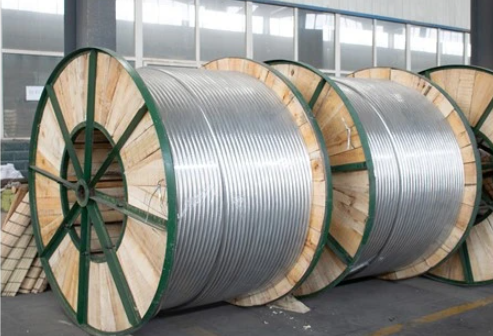1.Shift Towards Lightweight Materials: Aluminum and aluminum alloy cables are gaining popularity due to their lighter weight compared to traditional copper cables. This trend is driven by the need for easier installation and cost reduction in large-scale projects.
2.Enhanced Performance and Durability: There is a growing demand for cables that offer superior performance, including higher current carrying capacity and better resistance to environmental factors. Innovations in material science are leading to cables that are more durable and reliable.
3.Sustainability and Eco-Friendliness: With increasing environmental concerns, the industry is focusing on sustainable practices. Recyclable materials and eco-friendly production processes are becoming more prevalent, aligning with global efforts to reduce carbon footprints.
4.Smart and Connected Cables: The rise of smart technology has paved the way for cables that can monitor and report their own performance. These intelligent cables are essential for modern infrastructure, enabling real-time diagnostics and maintenance.
5.Increased Safety Standards: Safety remains a top priority, with new regulations and standards being implemented to ensure cables can withstand extreme conditions and prevent accidents. Fire-resistant and low-smoke cables are examples of innovations in this area.
